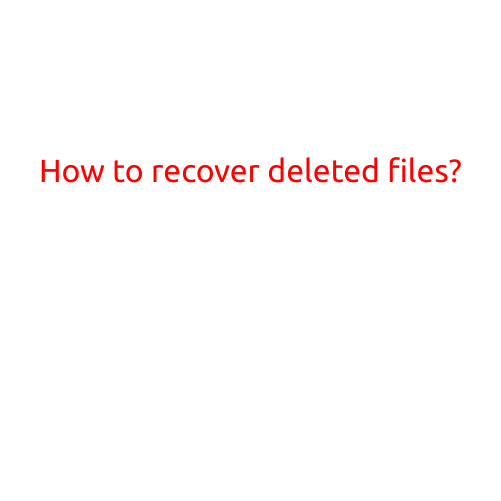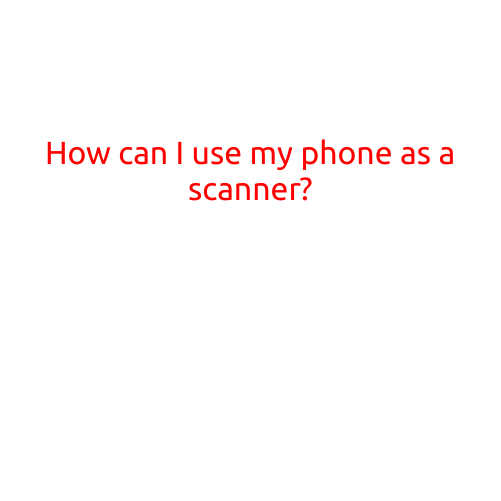
How to Recover Deleted Files?
Losing important files can be frustrating and stressful, especially if they contain valuable information or are impossible to recreate. Fortunately, there are ways to recover deleted files, even if they have been deleted from your computer or device. In this article, we will explore the different methods and tools you can use to recover deleted files.
Why Files Get Deleted
Before we dive into the recovery methods, let’s understand why files get deleted in the first place. Files can be deleted due to various reasons, including:
- Accidental deletion: You might accidentally delete a file or folder while trying to delete a different one.
- Virus or malware: Malicious software can delete files or overwrite them with random data.
- Disk error: A disk error or formatting can cause files to be deleted or become inaccessible.
- Accidently deleting a folder: You might delete an entire folder, including all its contents.
Methods to Recover Deleted Files
There are several methods you can use to recover deleted files, including:
- Recycling Bin: Check the recycling bin to see if the deleted files are still there. You can restore them by right-clicking on the file and selecting “Restore.”
- File Recovery Software: There are several file recovery software available that can recover deleted files, including:
- EaseUS Data Recovery Wizard: This software is user-friendly and can recover files from various storage devices, including hard drives, solid-state drives, and memory cards.
- Recuva: This software is free and can recover files from external drives, USB drives, and local hard drives.
- Disk Drill: This software is compatible with both Windows and macOS and can recover files from various storage devices.
- Check File System: Check the file system to see if the deleted files are still there. You can do this by using the “chkdsk” command in Windows or “fsck” command in macOS.
- Physical Recovery: If the file system has been overwritten, you can try using physical recovery methods, such as using a hexadecimal editor to recover the file.
- Cloud Storage: If you have deleted files stored in cloud storage services like Google Drive, Dropbox, or OneDrive, you can check the “Trash” or “Recycle Bin” to recover them.
Tips and Precautions
- Don’t overwrite the deleted files: Avoid writing new data to the storage device until you have tried to recover the deleted files. Overwriting the files can make them unrecoverable.
- Use a backup: Regularly backing up your important files can help you recover them in case of a deletion.
- Use a file recovery software: Choose a reputable and user-friendly file recovery software to increase the chances of recovering your files.
- Don’t panic: Panicking can lead to making mistakes, which can make recovery more difficult.
Conclusion
Recovering deleted files is not a guaranteed process, but using the methods and tools mentioned above can increase the chances of success. Remember to act quickly, avoid overwriting the deleted files, and use a reputable file recovery software to increase the chances of recovering your files.





